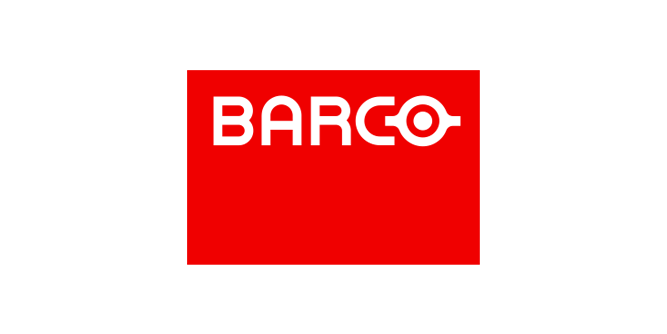Wanda Wuhan Movie Park, with an investment of 3.8 billion yuan and a total floor area of 100,000 square meters, is the world's only indoor film-themed amusement park at the western end of Chu River and Han Street. It comprises six theaters and stands as the only theme park globally where visitors can simultaneously experience 4D, 5D, and 6D films. The project adopts the "Q-SYS System + QSC Sound Reinforcement Equipment" solution, designed with a standard Ethernet hierarchical structure in three layers for easy management, zoning, and diagnostic troubleshooting by personnel.
Each area uses a common gigabit switch as the access layer, enabling QoS priority management and allowing audio protocols to share the network with other protocols. The aggregation layer collects signals from various areas, and audio and control signals are sent to the core network layer, interfacing with a third-party management platform. The QSC network solution is responsible for four thematic areas: "Flying Over Hubei" employs one Core250i (up to 96 channels), "Natural Power" utilizes one Core500i (up to 160 channels), "Ultimate Energy" uses two Core500i in a redundant configuration, and "Journey to the West: Battle of Demons" features a robust Core1100 (320x320 channels). Complementary products include CX series/DCA series for monitoring amplifiers, AD series for fixed installation speakers, and DCS series for cinema speakers.
The internal system solution of the park ensures that all devices are time-synchronized by the GPS system. In the event of a GPS time interruption, a switch to a local time synchronization system occurs. Each thematic performance area uses a ShowControl host to trigger presets and audio playback on audio hosts. The system employs Timeline coordinates to manage the progression of performances. Fire alarms have the highest priority, triggering fire alarm sources within the audio hosts. The system features dual-host, dual-network backup configurations to enhance the reliability of large-scale system operations. The Core audio hosts are equipped with various data cards supporting analog (playback recorder), AES/EBU (media server), CoraNet (multitrack player), and Dante (microphone) signal interoperability. Audio signals flow through the network to audio interface units in performance and service areas, utilizing corresponding monitoring amplifiers and professional speakers to meet terminal sound reinforcement requirements. Service areas are equipped with network call stations for emergency calls, while performance areas feature control screens for volume adjustments and monitoring applications. Noise-sensing microphones in service areas automatically adjust sound reinforcement volume based on actual noise levels.





















